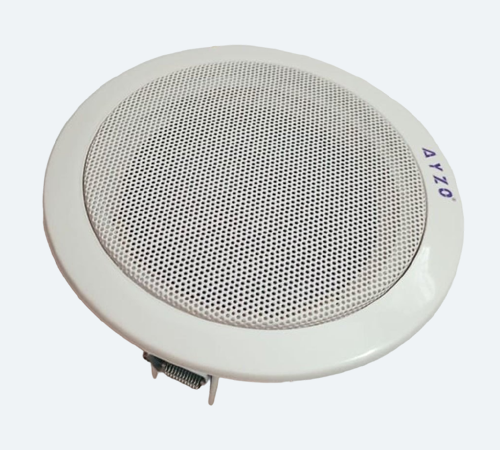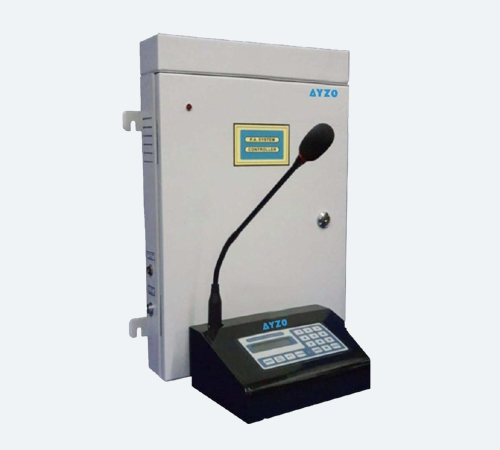
PA System Diagram
Microphone: Captures sound and converts it into electrical signals. Mixer: Combines multiple audio sources, adjusts levels, and provides effects. Amplifier: Boosts the audio signal to drive the speakers. Speakers: Convert electrical signals back into sound waves.
Description
More Complex PA Systems :
Equalizers: Adjust the frequency response of the system.
Compressors/Limiters: Control the dynamic range of the audio.
Crossovers: Divide the audio signal into different frequency bands for specific speakers.
Digital Signal Processors (DSPs): Provide advanced audio processing capabilities.
Wireless microphones: Offer greater mobility.
Signal Flow: Understand the direction of the audio signal from input to output.
Component Connections: Know how different components are connected (e.g., XLR, balanced, unbalanced).
Power Supply: Ensure all components are connected to a reliable power source.
Grounding: Proper grounding is essential to prevent noise and interference.
Speaker Placement: Optimize speaker placement for even sound distribution.
Cable Management: Keep cables organized for safety and aesthetics.
Use clear and concise labels on the diagram.
Consider using different colors or line styles to differentiate different types of signals or components.
Include power supply connections and grounding symbols.
Add notes or annotations to explain specific details or configurations.
Similar Products

PA System Diagram

Ceiling Speaker

USE Microphone

Twin Megaphone

Projection Speaker

